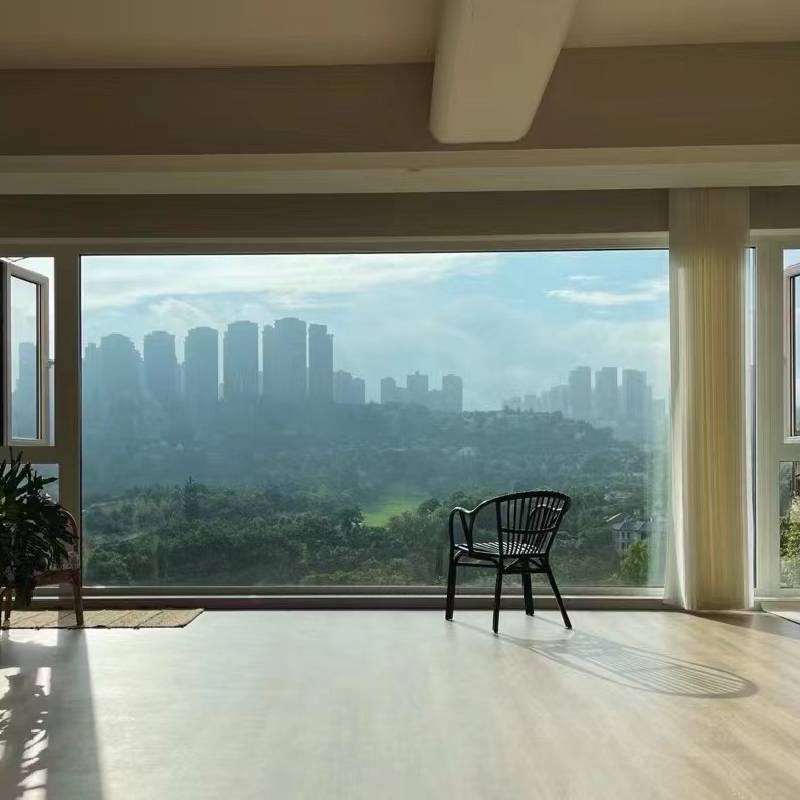

Understanding the Cost of Insulated Glass Units A Comprehensive Analysis
Introduction
Insulated Glass Units (IGUs) have become increasingly popular in modern construction and renovation due to their superior thermal performance and energy efficiency. These units consist of two or more glass panes separated by a space filled with an inert gas, which helps to reduce heat transfer and improve insulation. While the benefits of IGUs are widely recognized, the cost associated with them can vary significantly based on different factors. This article will explore the various elements that contribute to the cost of insulated glass units, helping homeowners and builders make informed decisions.
Factors Influencing IGU Costs
1. Type of Glass The type of glass used in IGUs significantly affects the overall cost. Common options include clear, low-E, tempered, and laminated glass. Low-E (low emissivity) glass, for instance, has a special coating that reflects heat and UV rays, increasing energy efficiency but also adding to the overall cost. Tempered glass, which is processed to be stronger and safer, can also increase expenses due to its manufacturing complexity.
Understanding the Cost of Insulated Glass Units A Comprehensive Analysis
3. Manufacturing and Installation The manufacturing process and the specific features of the IGU — such as spacer types, sealants, and edge treatments — can influence pricing. For instance, warm-edge spacers, which improve energy efficiency by reducing thermal bridging, tend to be more expensive than traditional spacers. Additionally, hiring skilled professionals for installation can add to the overall project costs, as proper installation is critical to the performance of insulated glass units.

4. Energy Efficiency Ratings Energy efficiency ratings, typically expressed in terms of U-value and Solar Heat Gain Coefficient (SHGC), will also impact the price. Units with better energy efficiency will usually command higher prices. Homeowners should consider the long-term energy savings against the initial investment when choosing IGUs.
5. Market Conditions and Supply Chain Economic factors such as material costs, demand, and market conditions can lead to fluctuations in the price of insulated glass units. The recent disruptions in the supply chain caused by global events have led to increased prices in many building materials, including glass. It's essential to stay updated on market trends to make timely and cost-effective purchases.
Cost Breakdown and Budgeting
On average, the cost of insulated glass units can range widely. For standard IGUs, homeowners might spend anywhere from $15 to $100 per square foot, depending on the factors mentioned above. For custom or high-performance units, the price can exceed $200 per square foot. When budgeting for IGUs, it’s prudent to account for both the purchase price and installation fees, which can add another $10 to $50 per square foot, depending on the complexity of the job.
Conclusion
Investing in insulated glass units can provide significant advantages in terms of energy efficiency, noise reduction, and comfort. However, it is vital to consider the various factors that affect their cost. By understanding the influences on pricing—such as the type of glass, size, complexity of installation, and market conditions—homeowners and builders can make informed choices. Careful planning and budgeting, alongside consideration of long-term savings, will ensure that the investment in insulated glass units proves to be a wise and valuable addition to any building project. With the right approach, you can enhance your living space while also optimizing energy use and reducing costs in the long run.